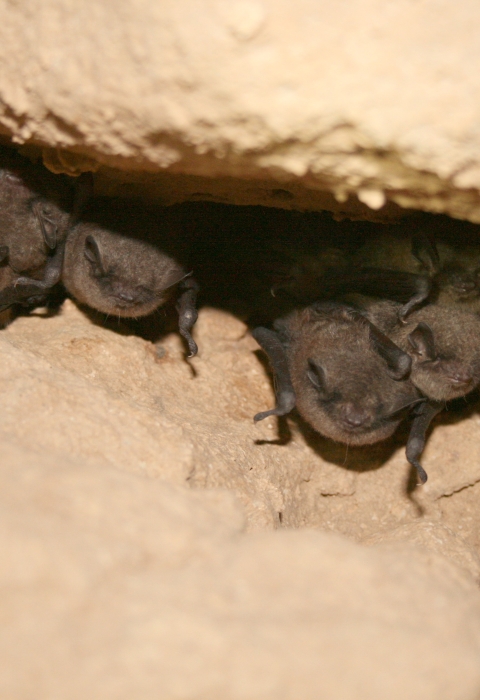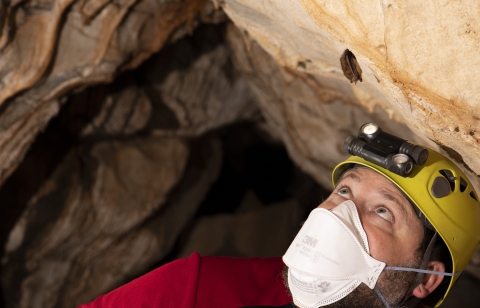The North American Bat Conservation Alliance (NABCA) has published the 2023 NABCA State of the Bats report!
The 2023 report describes the current conservation status and top threats facing North American bats. The report provides a baseline assessment based on the data-driven methodology of the North American Bat Monitoring Program (NABat). Below are some key take-aways but you can explore the full report here.
Bats are Beneficial
Bats benefit people and our planet in many ways. Bats help farmers by consuming insect pests, which improves crop yields and reduces pesticide use. Nectar-feeding bats pollinate plants and fruit-eating bats disperse seeds in tropical forests. Spectacular bat flights generate ecotourism dollars. Bat research leads to scientific discoveries, inspiring technology, medicine, and art.
Extinction Risk is Rising
Experts now estimate that 52% of bat species in North America are at risk of populations declining severely in the next 15 years.1 As the scope and severity of threats increase, so does the need for collaborative research, monitoring, and public support for bat conservation. We must act now to reduce or eliminate threats.
Bats Face Many Threats
The forces of global change threaten bats worldwide. In North America, experts report the top threats to bats include climate change climate change
Climate change includes both global warming driven by human-induced emissions of greenhouse gases and the resulting large-scale shifts in weather patterns. Though there have been previous periods of climatic change, since the mid-20th century humans have had an unprecedented impact on Earth's climate system and caused change on a global scale.
Learn more about climate change , habitat loss, wind energy, and a bat disease called white-nose syndrome that has killed millions of hibernating bats in the United States and Canada. Destruction and disturbance of bat roosts is a major threat, especially for bats in caves. Bats become more vulnerable when multiple threats occur.
Bats Depend on Us
We can make a difference to reduce threats to bats. The next 15 years are critical for ensuring a better future. Protecting bats and their habitats helps create a healthier, safer world for our forests, our farmers, and ourselves. Bat conservation benefits us all.




